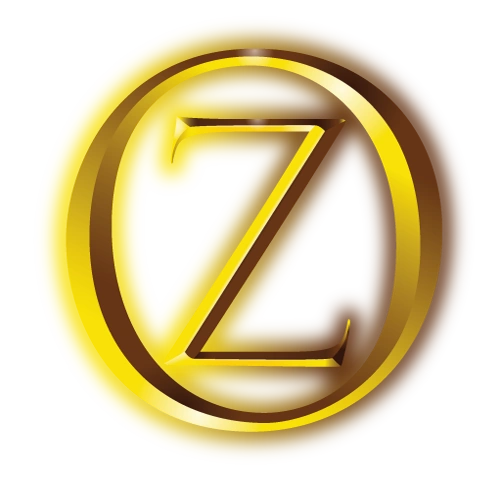"Humpty Dumpty" is a short story by L. Frank Baum. It is one of the tales in his 1897 collection Mother Goose in Prose and is based on the popular nursery rhyme.
Summary
The Speckled Hen builds her nest "at the very top of the hay-mow" in the barn; she wants her eggs to survive to hatch into chicks. She names her eggs as she lays them — "Cluckety-Cluck," "Cadaw-Cut" — and soon fills her nest; her twelfth and most recent lay, which she calls "Humpty Dumpty," is left perched on the nest's edge. Jostling among his siblings sends Humpty rolling down the hay-mow to its bottom.
Humpty is an unusually large white egg, and a bright and curious one as well; he resolves to explore the world a bit before heading back to the nest. He soon acquires a companion, a brown egg from the black bantam's nest named "Coutchie-Coulou." The two leave the barn, cross a road, and make their way through a hole in a wall. On the other side, they find a splendid golden palace, surrounded by gardens and fountains; there are richly-dressed courtiers, charming ladies, and prancing horses within their view.
Disaster strikes, however, when the two eggs cross another road: the brown egg is crushed by a horse's hoof. Humpty is shocked and grieved; but he is found by a beautiful girl, the Princess of this palace. The Princess offers to befriend Humpty, and takes him on a tour of the palace and grounds. They pause at the gates to watch the King returning with his horses and men; the Princess sets Humpty up on a wall to give him a good view. In his excitement, though, he leans forward and loses his balance, and tumbles to the ground, shattered.
The Princess sighs for the loss of her little friend; but soon other matters distract her. Many young suitors, handsome, rich, and powerful, have come to court, seeking her hand in marriage. To weed through them, the King demands that each suitor present a riddle; the suitor who can stump the King with his riddle will win the Princess's hand.
The suitors try their best, but the King is a clever man, and their riddles fail to fool him, one by one. The Princess had her own favorite among her suitors, "as was but natural." She whispers a riddle to Master Gracington — the famous rhyme. The King cannot resolve the answer, that Humpty Dumpty was an egg, and Gracington wins the Princess's hand.
Background
"Humpty Dumpty" is one of the twelve fables in the collection furnished with a Maxfield Parrish illustration. Parrish depicts the egg in a now-familiar form, with a face, arms, and legs, in a little suit of clothes — even with some hair on his "head" (his narrower end). Humpty is perched on a wall, of course, and a majestic palace rises behind him.
The story is unusual in the Mother Goose volume, since in most of the tales Baum takes a generally naturalistic approach to his materials. Animals talk only in a minority of the stories ("Hickory, Dickory, Dock," "The Black Sheep," "Pussy-cat Mew," and "Little Bun Rabbit"), and inanimate objects (like the dish and spoon in "The Cat and the Fiddle") usually stay inanimate. In this tale, however, Baum indulges in a broader vein of fantasy, one that reaches at least from E.T.A. Hoffmann to modern animated cartoons. Baum goes on to animate objects in later fantasies; in the Oz books, there are the confections of Bunbury and the cutlery of Utensia, among other examples.
"Cootchie Cooloo" is the title of one of Baum's poems in Father Goose. There, it is the name of "a girl of Hindoo."
